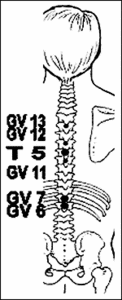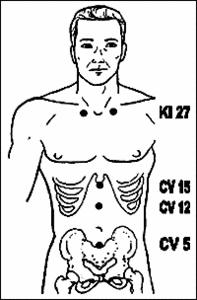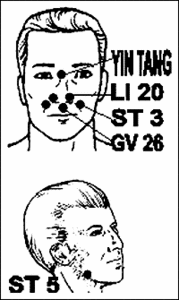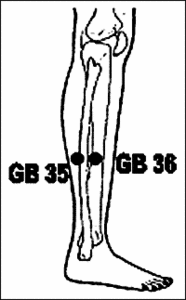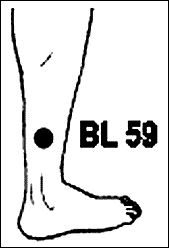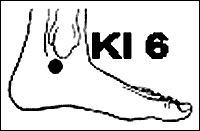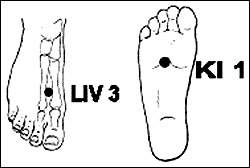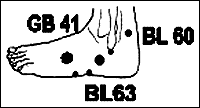The American public has been emotionally and physically traumatized due to announcements by the FDA concerning the devastating health effects discovered in a number of prescription pain medications, including of the COX-2 inhibitors - some of the most popular pain drugs on the market.
With Vioxx, Bextra, Celebrex, Aleve and Naprosyn being named in specific consumer health advisories, and warnings to medical physicians to "stop prescribing," millions of Americans who have relied heavily on these drugs to ease their pain and positively impact their lifestyle are now wondering what their future holds, where they can go, and what they can do to ease their chronic pain.
Acupuncture is without question one of the most powerful pain-altering modalities in the world. Its reputation for pain relief is known and respected internationally. It may be practiced successfully with a variety of procedures other than needles, including lasers, electronic and noninvasive stimulation devices for those who are needle-phobic and would not consider acupuncture otherwise.
Literally millions of Americans suffering chronic pain are beginning to seek the care of those knowledgeable in the academics and techniques of acupuncture, to help ease their pain and lessen their dependency on dangerous and cautioned prescription drugs.
There are a variety of techniques, procedures, acupoints and philosophies surrounding acupuncture and pain relief worldwide. As a practitioner whose clinic has seen in excess of 100 patients a day, five days a week, I have had the opportunity to attend to a number of patients suffering from a host of maladies. Chronic pain, however, may be the most common occurrence seen in a practitioner's office. Historically, our clinic has averaged a 94 percent success rate of "cure" to "major clinical response" with chronic pain, based on the patient's response index. Only 3 percent of all pain patients have reported less than satisfactory response in 34 years of practice. It is obvious that the acupoints for pain are extremely effective.
The acupoints illustrated throughout this article are without question some of my favorite for the successful treatment of chronic pain. This list does not constitute the totality of effective points available to us as practitioners. There are many more effective points not listed here; however, the illustrations are my personal favorite points that have elicited incredible clinical success in chronic pain. Many points illustrated in this paper will be instantly recognized, while others will make little sense. Regardless, please use them, even though space does not allow for a detailed explanation of each point.
Most of these points have been taught to me by some of the great masters of acupuncture in a variety of Asian nations. To say that combination of acupoints is effective for chronic pain would be an understatement. All illustrated points do not need to be stimulated on the same day if only needles are used. Utilizing a combination of both laser/electronic stimulation and needle on the points is also extremely effective. Otherwise, all points may be stimulated for 12-15 seconds with either a green 535nm, 5mw laser or a red 635nm, 5mw laser. Microcurrent electronic stimulation is also quite effective as a stand-alone treatment.
Best wishes for your successful treatment of severe and unrelenting pain syndromes. I would also like to hear of your successes.
John Amaro, DC, FIAMA, Dipl. Ac, LAc
Carefree, Arizona
Click here for previous articles by John Amaro, LAc, DC, Dipl. Ac.(NCCAOM), Dipl.Med.Ac.(IAMA).






